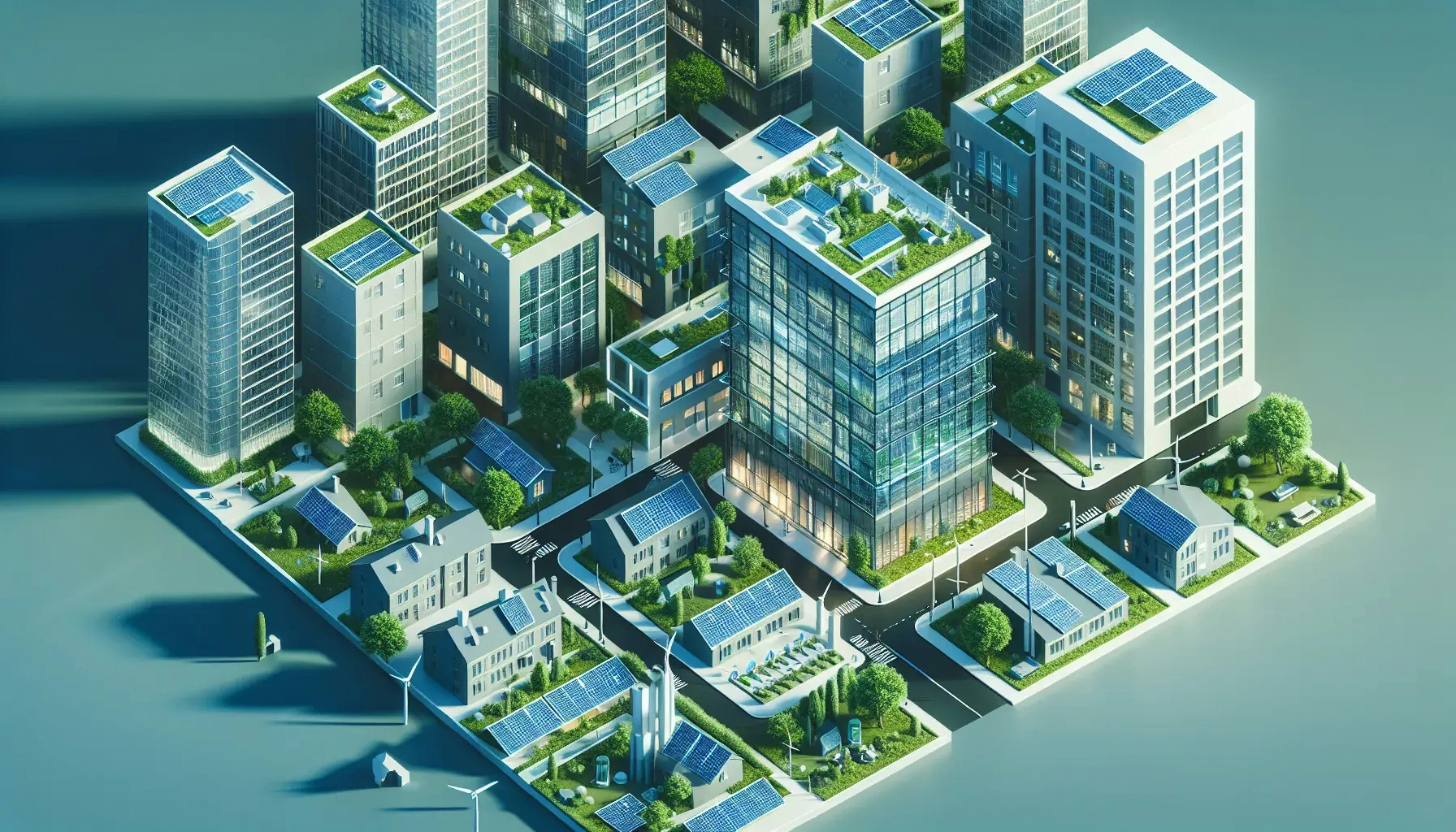Welcome to the evolving world of sustainable real estate. As our planet grapples with the challenges of climate change, the real estate industry is stepping up to the plate, embracing sustainability like never before. This blog post delves deep into the latest trends in sustainable real estate, offering insights into how the industry is changing and what the future might hold.
The Rise of Green Buildings
Green buildings are making waves in the real estate industry. These structures prioritize environmental responsibility and resource efficiency, from design and construction through to operation and maintenance. They're not just about reducing carbon footprints, though. Green buildings also aim to create healthier living and working environments.
Energy efficiency is a key feature of green buildings. Many incorporate renewable energy sources like solar panels or wind turbines. Others use energy-efficient appliances and lighting, and high-performance windows to reduce heat loss.
Water conservation is another important aspect. Green buildings often feature rainwater collection systems, greywater recycling, and water-efficient fixtures. They also prioritize the use of sustainable building materials, such as recycled steel, bamboo, and reclaimed wood.
The Impact of Technology on Sustainable Real Estate
Technology is playing a pivotal role in driving sustainability in real estate. From smart homes to building information modeling (BIM), tech advancements are making it easier than ever to create and manage sustainable properties.
Smart home technology, for instance, allows homeowners to control their energy use more effectively. Smart thermostats, lighting, and appliances can all be controlled remotely, reducing energy waste.
BIM technology, on the other hand, is revolutionizing the design and construction process. It allows architects and engineers to create detailed 3D models of buildings, helping them to optimize energy efficiency and minimize environmental impact.
The Growing Popularity of Net-Zero Homes
Net-zero homes are another exciting trend in sustainable real estate. These are homes that produce as much energy as they consume, typically through a combination of energy-efficient design and renewable energy production.
Net-zero homes are designed to be extremely energy efficient. They often feature high levels of insulation, energy-efficient windows, and appliances, and are designed to take advantage of natural light and heat.
On top of this, they generate their own energy, usually through solar panels or wind turbines. Any excess energy they produce can be fed back into the grid, further reducing their environmental impact.
The Role of Government Policies and Incentives
Government policies and incentives are playing a crucial role in promoting sustainable real estate. Many governments around the world are introducing regulations to encourage green building practices, and offering incentives to those who comply.
For instance, some countries offer tax breaks or grants to homeowners who install energy-efficient appliances or renewable energy systems. Others have introduced building codes that require new buildings to meet certain energy efficiency standards.
These policies and incentives are helping to drive the shift towards sustainable real estate, making it more financially viable for both developers and homeowners.
The Influence of Social Responsibility on Real Estate Investment
Social responsibility is becoming an increasingly important factor in real estate investment. More and more investors are looking to put their money into properties that are not only profitable but also sustainable and socially responsible.
This trend is being driven by a growing recognition of the role that real estate plays in climate change, and a desire to contribute to a more sustainable future. It's also being fueled by consumer demand, with more people wanting to live and work in green buildings.
As a result, sustainable real estate is becoming a more attractive investment option, offering the potential for both financial returns and positive environmental impact.
The Future of Sustainable Real Estate
Looking ahead, the future of sustainable real estate looks bright. As technology continues to advance, and as governments and consumers alike place greater emphasis on sustainability, we can expect to see even more innovation in this field.
One area to watch is the development of new, sustainable building materials. Researchers are already working on materials that can absorb and store CO2, potentially turning buildings into carbon sinks.
Another exciting prospect is the rise of smart cities, where technology is used to manage resources and services efficiently, reducing environmental impact.
Wrapping Up the Sustainability Journey in Real Estate
The journey towards sustainability in real estate is well underway, and it's a journey that's set to continue. From green buildings and smart homes to government incentives and socially responsible investment, the trends we've explored here are reshaping the industry. As we look to the future, it's clear that sustainable real estate is not just a passing trend, but a fundamental shift in the way we think about and interact with our built environment.

